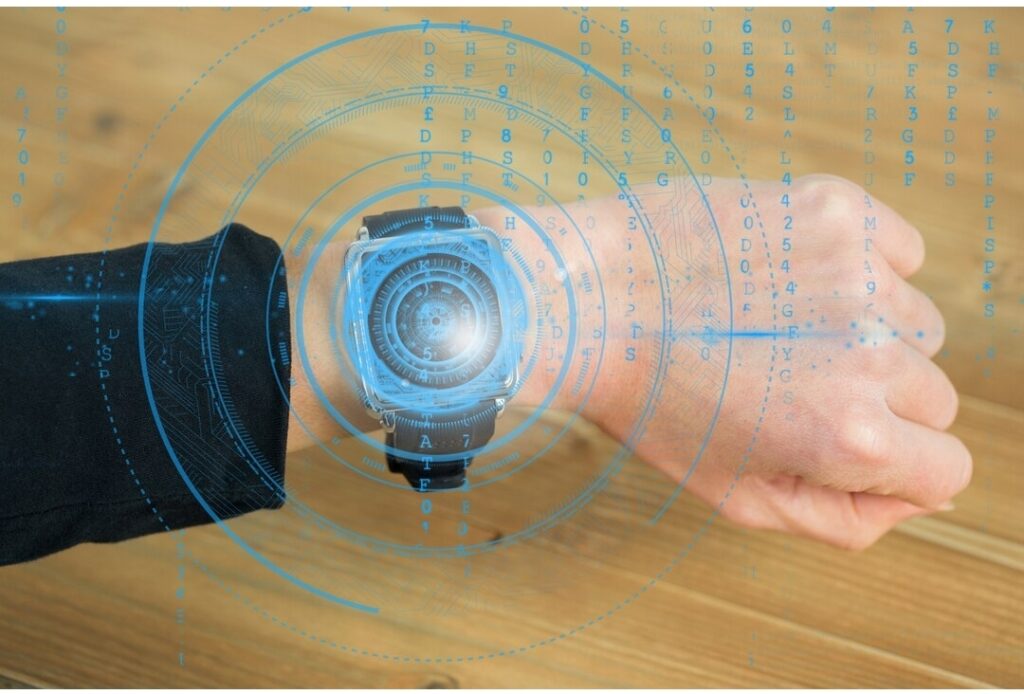
Introduction: Compliance Meets Innovation in 2025
The financial industry is at the frontline of digital transformation and in 2025, biometric verification is leading the charge. Regulatory expectations for customer due diligence (CDD) and Know Your Customer (KYC) protocols continue to rise. Meanwhile, customers demand seamless, secure, and fast onboarding.
Enter advanced biometrics technologies that verify a person’s identity using unique biological characteristics such as fingerprints, facial features, iris patterns, or even behavioral patterns.
What started as a futuristic feature is now a compliance necessity. In this article, we explore the top biometric verification trends transforming financial compliance in 2025, and how institutions can adopt them to stay competitive and compliant.
What Are Advanced Biometrics?
Advanced biometrics refer to next-generation technologies that go beyond traditional fingerprint scanning or basic face recognition. These include:
- 3D facial recognition
- Iris and retina scanning
- Voice pattern analysis
- Behavioral biometrics (typing speed, mouse movement)
- Palm vein recognition
- Multimodal biometric systems (combining several methods)
These technologies are being adopted in financial services to enhance digital identity verification, reduce fraud, and meet increasingly complex compliance standards.
Why Biometrics Matter in Financial Compliance
Biometric verification supports compliance with global regulations such as:
- FATF (Financial Action Task Force) standards
- EU’s AMLD6 and eIDAS
- KYC/AML requirements in the USA, UK, UAE, and beyond
- Central bank digital ID frameworks
It provides a secure, user-friendly alternative to passwords or manual ID checks, significantly improving both security and user experience.
Top Biometric Verification Trends in 2025
1. Liveness Detection to Prevent Spoofing
One of the biggest threats to facial recognition is spoofing using photos, videos, or deepfakes. In 2025, financial firms are widely adopting liveness detection, a biometric feature that confirms whether a user is physically present during verification.
Advanced solutions now analyze micro-movements, skin texture, eye reflection, and even pulse detection making it nearly impossible to fool the system.
Why it matters:
Liveness detection enhances the integrity of biometric verification and prevents fraud during remote onboarding.
2. Multimodal Biometrics for Layered Security
Instead of relying on one biometric method, banks and fintechs are deploying multimodal systems that combine facial recognition, fingerprint scans, and voice analysis.
This layered approach:
- Reduces false positives
- Adds friction only for high-risk scenarios
- Provides stronger compliance coverage across jurisdictions
Use Case: A user may use fingerprint access for regular logins, but require facial + voice authentication for high-value transactions.
3. Biometric Identity Across Borders
Cross-border financial activity is on the rise, especially with global remittance, crypto, and neobank users. To meet KYC and AML obligations across multiple countries, financial institutions are adopting biometric ID systems that comply with international standards.
Key trends include:
- eID integration with national ID programs
- Partnerships with global ID verification providers
- Compliance with GDPR, PSD2, and eIDAS standards
Why it matters:
Biometric systems with global coverage ensure smoother onboarding of international customers while maintaining regulatory compliance.
4. AI-Powered Biometric Matching
AI is playing a major role in increasing the accuracy and efficiency of biometric verification. Modern systems use machine learning to:
- Improve facial recognition for people of all ethnicities and ages
- Detect anomalies in real-time
- Adapt to changes (e.g., beards, makeup, aging)
AI also reduces the error rate in large-scale identity matching crucial for banks with millions of users.
5. Biometric Fraud Detection and Monitoring
Biometrics are no longer used only at onboarding. In 2025, financial institutions are implementing continuous biometric monitoring to detect suspicious behavior.
Examples:
- Behavioral biometrics flagging unusual typing or device handling
- Voice pattern changes indicating impersonation
- Facial mismatch alerts during repeat logins
Why it matters:
Continuous monitoring ensures proactive fraud detection, not just reactive reporting.
6. Integration with AML and KYC Systems
Biometric data is now being integrated directly into AML screening, KYC workflows, and CRM systems. This creates a seamless pipeline from identity verification to ongoing compliance checks.
Modern platforms now:
- Match biometric records with PEP/sanctions lists
- Automate customer re-verification
- Trigger enhanced due diligence workflows for flagged users
Challenges to Consider
While advanced biometrics offer significant benefits, they also raise important concerns:
- Data privacy: Institutions must comply with data protection laws (e.g., GDPR, PDPA, LGPD)
- Bias and fairness: Ensure technology works accurately across diverse populations
- Infrastructure: Biometric systems require robust backend architecture and cybersecurity
- User consent: Transparent policies around biometric data collection are a must
Conclusion: Biometrics Are Redefining Financial Compliance
The integration of advanced biometrics into financial compliance is no longer optional — it’s strategic. From onboarding to transaction monitoring, biometrics enhance both customer experience and regulatory trust.
As 2025 continues to unfold, expect to see even deeper adoption of AI-powered, privacy-conscious biometric solutions that are smarter, faster, and more secure than ever.
Financial institutions that embrace these trends will not only stay compliant — they’ll lead the future of digital finance.
FAQs
Q: Are biometric verifications legally accepted in financial compliance audits?
A: Yes. When implemented with proper liveness detection, audit trails, and consent management, biometrics are widely accepted for KYC/AML compliance.
Q: Is biometric verification better than 2FA?
A: Biometrics are often used as a secure alternative or in combination with 2FA for stronger authentication and fraud prevention.
Q: Can biometrics be used for business accounts?
A: Yes. While legal entities require document verification, biometric checks are often used to verify the identity of UBOs (ultimate beneficial owners) or directors.

